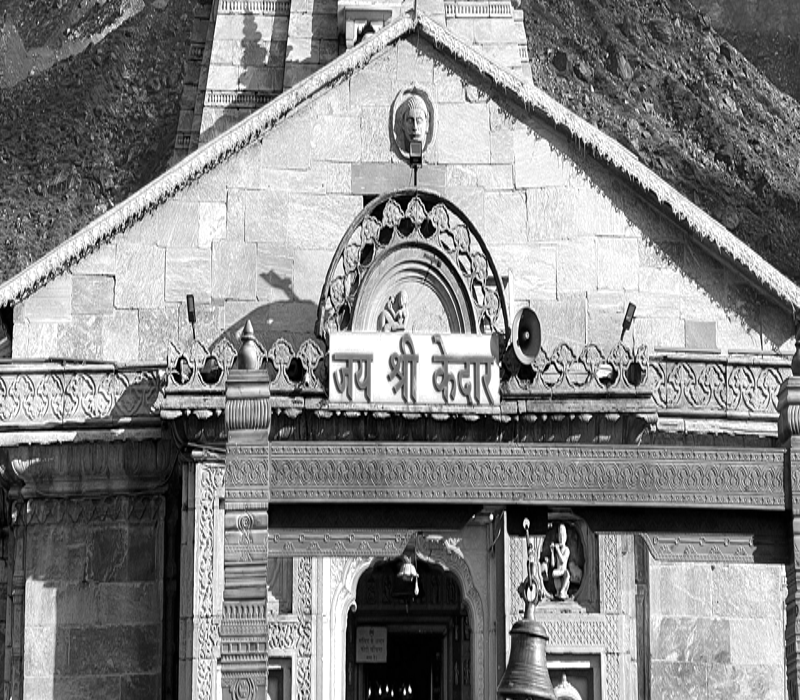- Offices: Dehradun | Dwarka New Delhi
In the heart of Dehradun, India, lies a sacred and spiritually significant shrine for the Sikh community – Shree Guru Ram Rai Darbar Sahib. This magnificent gurdwara stands as a symbol of peace, compassion, and religious harmony. With its rich historical heritage, architectural splendor, and vibrant Sikh culture, Shree Guru Ram Rai Darbar Sahib has become a revered destination for devotees and visitors seeking solace and spiritual enlightenment.
Historical Background:
The history of Shree Guru Ram Rai Darbar Sahib is intertwined with the legacy of Guru Ram Rai Ji, the seventh Guru in the lineage of Guru Nanak Dev Ji, the founder of Sikhism. Guru Ram Rai Ji, the eldest son of Guru Har Rai Ji, was an enlightened soul and an embodiment of compassion and wisdom.
In the early 17th century, Guru Ram Rai Ji arrived in the picturesque Doon Valley (present-day Dehradun) during one of his spiritual journeys. The local inhabitants, captivated by his divine presence and teachings, invited him to stay in the valley. It is believed that Guru Ram Rai Ji performed several miracles during his stay, which earned him reverence and admiration from the people.
Establishment of the Gurdwara:
In memory of Guru Ram Rai Ji's visit and spiritual blessings, a magnificent gurdwara was established at the site where he stayed. This sacred place came to be known as Shree Guru Ram Rai Darbar Sahib, and it became a center for Sikh spiritual practice and communal gatherings.
The construction of the gurdwara began in the early 17th century, and over the years, it underwent various renovations and expansions to its present-day grandeur. The gurdwara's architectural style is a beautiful fusion of Sikh and Rajputana architecture, reflecting the influence of the local culture and tradition.
Architectural Splendor:
Shree Guru Ram Rai Darbar Sahib is a marvel of architectural beauty and artistic grandeur. The main entrance of the gurdwara, known as the "Darshani Deori," is an intricately carved wooden door that leads into the inner sanctum, the "Har Ki Pauri." The Darshani Deori is adorned with intricate patterns and Sikh symbols, symbolizing the path of righteousness and devotion.
The sanctum sanctorum, the "Har Ki Pauri," is the holiest part of the gurdwara where the Guru Granth Sahib (the holy scripture of Sikhism) is enshrined. The Guru Granth Sahib is placed on a raised platform, known as the "Takht Sahib," covered with an intricately embroidered cloth, the "Palki Sahib." Devotees offer their prayers and seek spiritual guidance in the presence of the Guru Granth Sahib, which serves as the eternal Guru for the Sikh community.
Vibrant Sikh Culture:
Shree Guru Ram Rai Darbar Sahib is not only a place of worship but also a vibrant hub of Sikh culture and traditions. The gurdwara hosts various religious and cultural events throughout the year, attracting devotees and visitors from far and wide. Nagar Kirtans (religious processions), Akhand Path (continuous recitation of the Guru Granth Sahib), and langars (community meals) are some of the regular events that foster a sense of unity, love, and brotherhood among the Sikh community.
Historical Artefacts and Relics:
Inside the gurdwara, visitors can find a collection of historical artefacts and relics that hold immense spiritual and historical significance. The "Sri Sahib" (a ceremonial sword), "Palki Sahib" (canopy over the Guru Granth Sahib), and "Chandoa Sahib" (canopy over the Takht Sahib) are some of the precious articles that add to the sanctity and charm of the gurdwara.
The Spiritual Abode of Guru Ram Rai Ji:
One of the main attractions within the gurdwara complex is the "Tegh-e-Taos," a sacred relic associated with Guru Ram Rai Ji. This relic is a dagger believed to have been gifted to Guru Ram Rai Ji by Emperor Aurangzeb. The Tegh-e-Taos is venerated by devotees, and it symbolizes the Guru's divine protection and valor.
Sewa and Social Initiatives:
Sewa, selfless service to others, is an essential aspect of Sikhism, and Shree Guru Ram Rai Darbar Sahib actively engages in various social initiatives to serve the community and those in need. The gurdwara runs a langar, where all visitors, regardless of their background, are offered a free and nutritious meal. The langar embodies the principle of equality and oneness, where people sit together on the floor and share a meal as a gesture of unity and brotherhood.
Accessibility and Visitors' Experience:
Shree Guru Ram Rai Darbar Sahib is centrally located in Dehradun, making it easily accessible by public and private transportation. The gurdwara welcomes people of all faiths, and visitors are requested to cover their heads as a mark of respect while entering the main hall.
The serene and spiritual ambiance of the gurdwara offers visitors a tranquil space for prayer, reflection, and seeking spiritual solace. The gurdwara's architecture, religious ceremonies, and cultural events create a spiritually enriching experience for devotees and visitors alike.
Preserving the Sikh Heritage:
Shree Guru Ram Rai Darbar Sahib serves as a guardian of the Sikh heritage and values, preserving the teachings and legacy of Guru Ram Rai Ji for future generations. The gurdwara continues to be a center of spirituality, learning, and service, upholding the principles of Sikhism and fostering a sense of unity and brotherhood among all.
Conclusion:
Shree Guru Ram Rai Darbar Sahib, Dehradun, stands as a beacon of spirituality and a sacred abode for the Sikh community. With its historical significance, architectural beauty, and vibrant Sikh culture, the gurdwara offers devotees and visitors an opportunity to connect with the divine and experience the essence of Sikhism. As a center of devotion, service, and communal harmony, Shree Guru Ram Rai Darbar Sahib continues to inspire and uplift the hearts of those who seek spiritual enlightenment and a deeper understanding of Sikh values and traditions.

